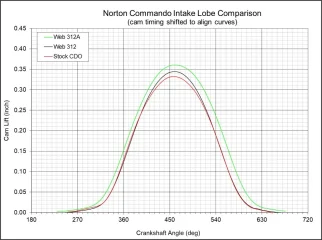- Joined
- Aug 19, 2021
- Messages
- 1,466
Nice "Jug" in the back ground.If a serious question, it liquefies at low temperature.
The problem is with time they can corrode the valve itself leading to the head parting company.
I know there is at least one other Ford FE (390/428/427) fan here, even Ford who used those valves recommended replacement at short intervals.
View attachment 113026

